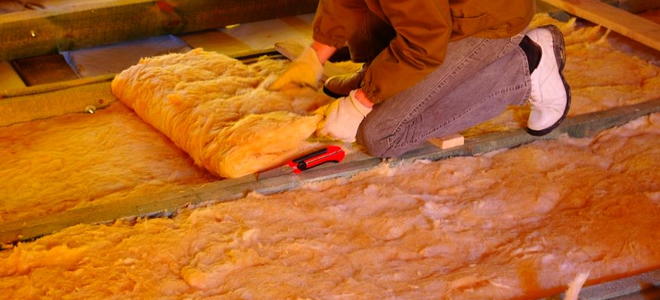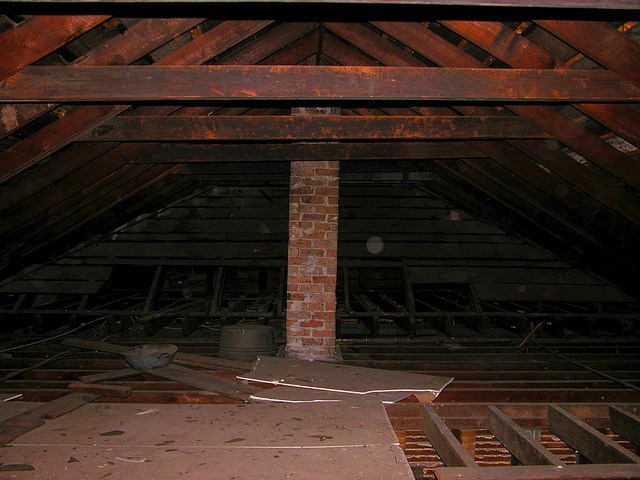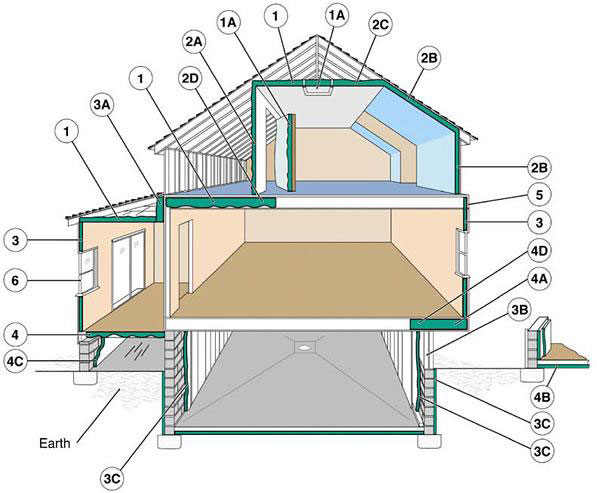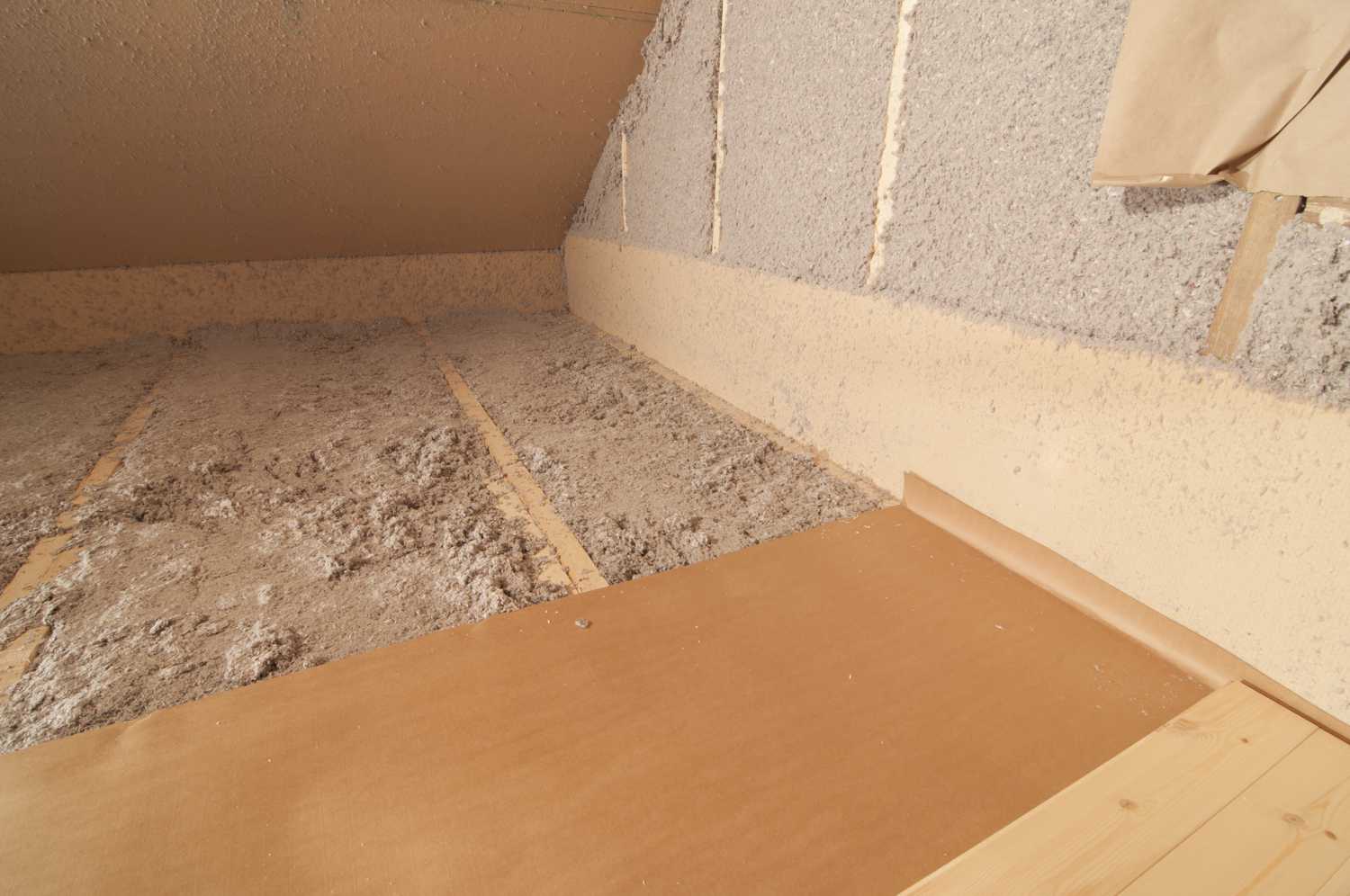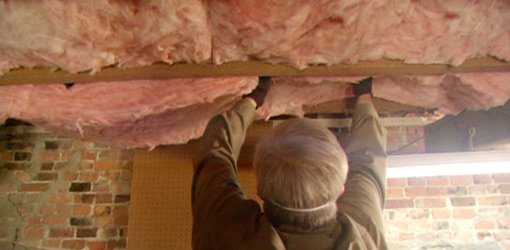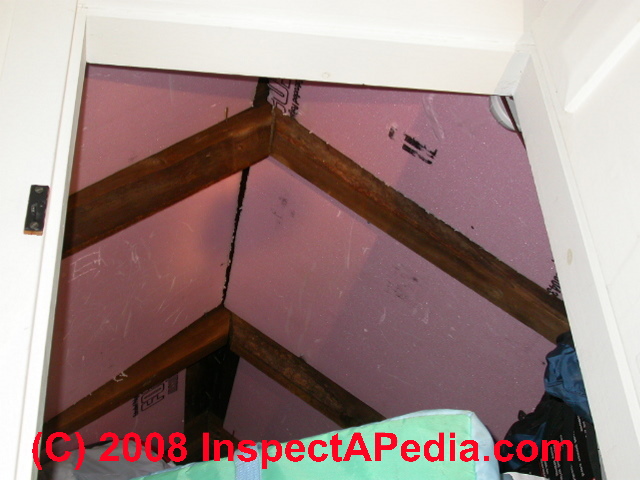Can i put the peper face against the outside wall and the second piece put fiberglass sides together so the paper face of the inside paper is against the sheet rock.
Attic insulation paper side up garage unheated.
That leaves the bucket truck.
Face the paper backing toward the inside of the garage.
The traditional way to insulate the walls and ceiling of a typical garage is to install fibreglass batt insulation in the walls and attic space followed by a six mil poly air vapour barrier and.
Dining room floor is very cold in the winter.
So you need to install it backwards with the fuzzy part of the insulation facing you.
Place insulation batts in the spaces between the garage rafters.
My wife has augmented that with another 18 of women s clothing shoes spare bedding crafts.
There are 50 banker s boxes and another 50 huge boxes of fairly good insulation up there.
When you are installing insulation from the outside of the wall like you are in the garage the paper should touch the interior part of the wall.
It s important to use the right type of insulation to prevent moisture problems in your attic.
Can you double up paper back insulation to fill deeper space by using 2 by 6 board studes as framing.
The facing contains a thin layer of asphalt which acts as a vapor barrier to block moisture.
Staple the paper flanges of the batts to the inside face of the rafters with your staple gun to hold the insulation in place.
The barn has 12 r 38.
Garage ceiling currently has 5 1 2 in r19 faced insulation in garage ceiling.
Attic insulation is available with and without a paper facing.
From dining room floor to garage ceiling their is 15 3 4 in.
Even if the attic space is unheated it typically is warmer than the.
The attached garage has only room for 6 r 19 but that isn t heated as a living quarter is.
Face side is up toward dining room with bottom side resting on the 5 8 drywall garage ceiling.
Fiberglass batts are the easiest insulation to add to unheated spaces.
In attics batts can be laid over any existing insulation either between ceiling joists or over them.
